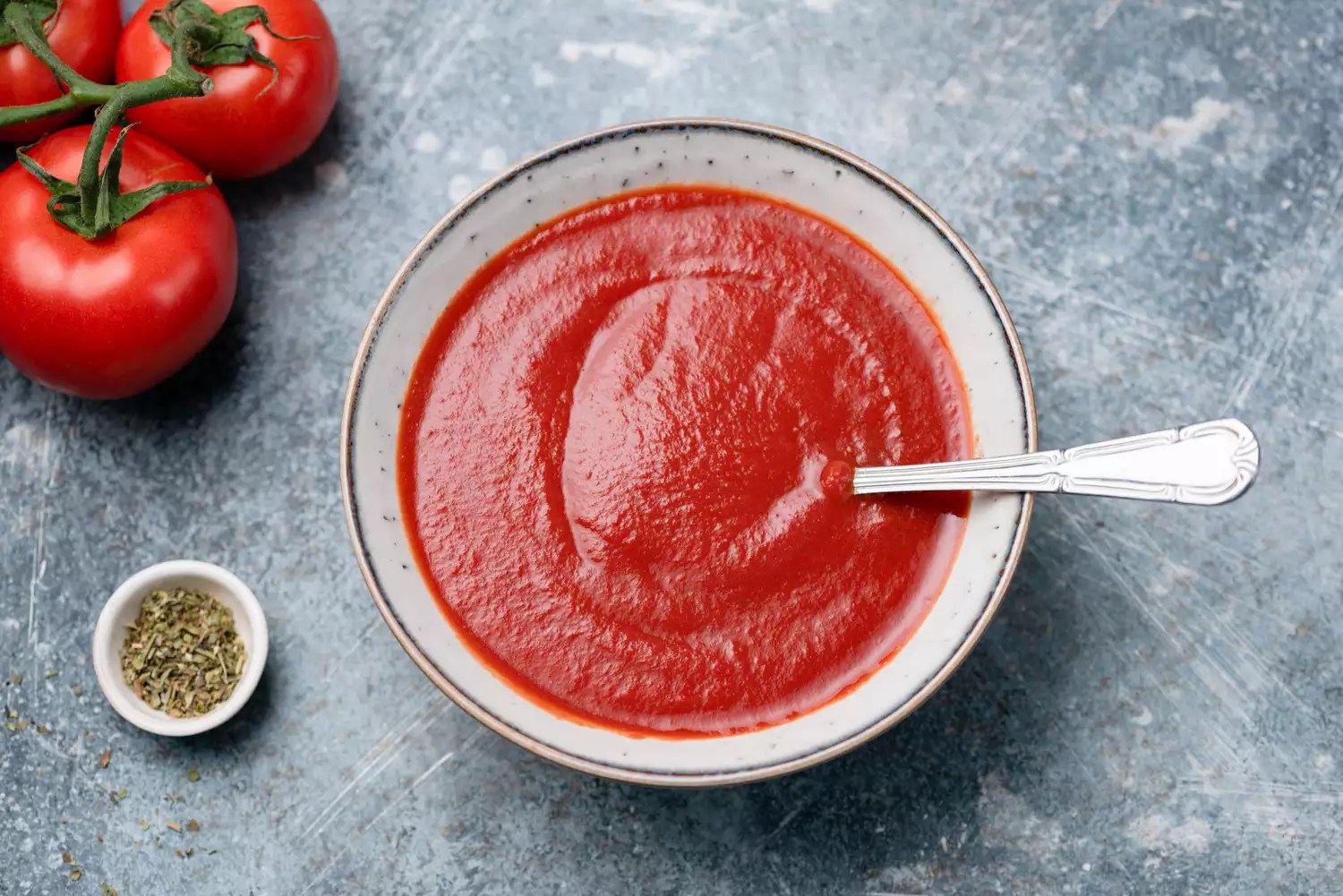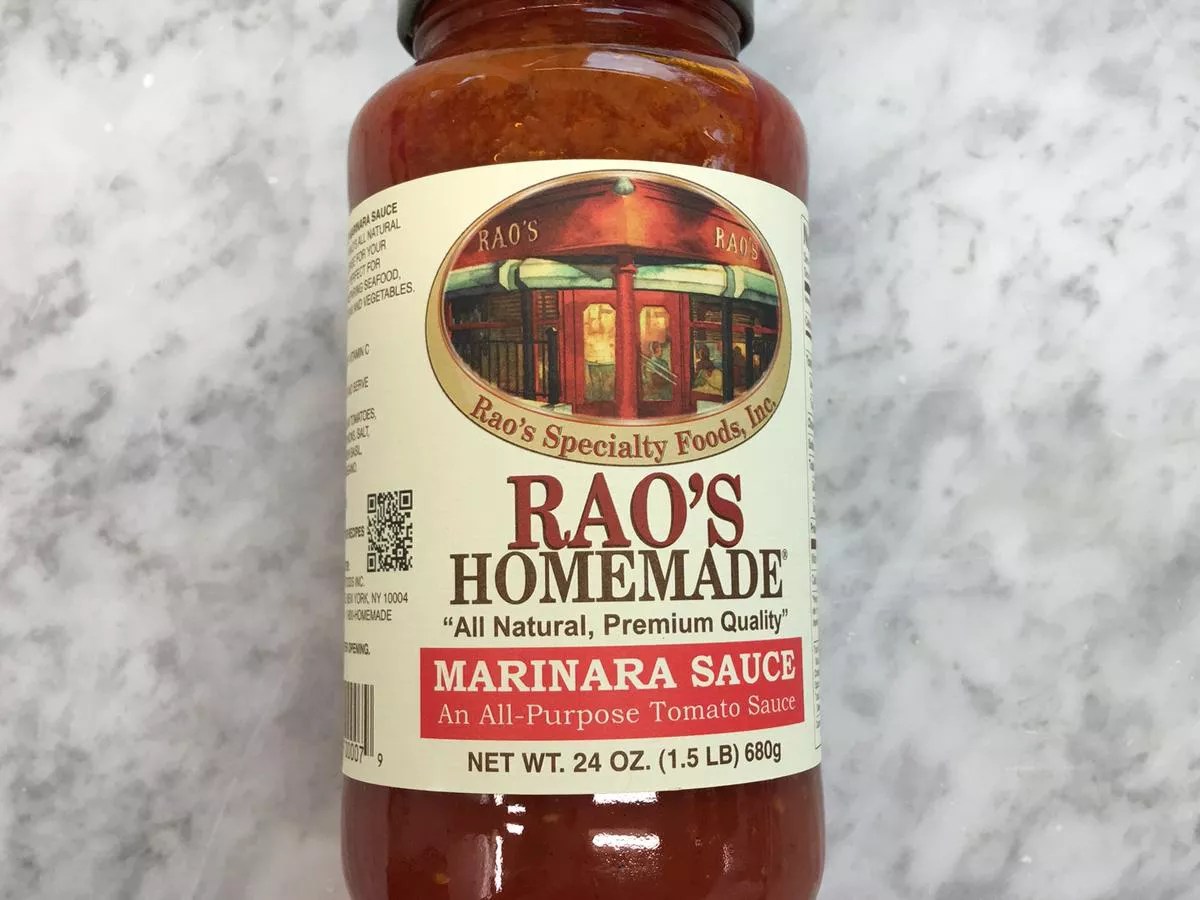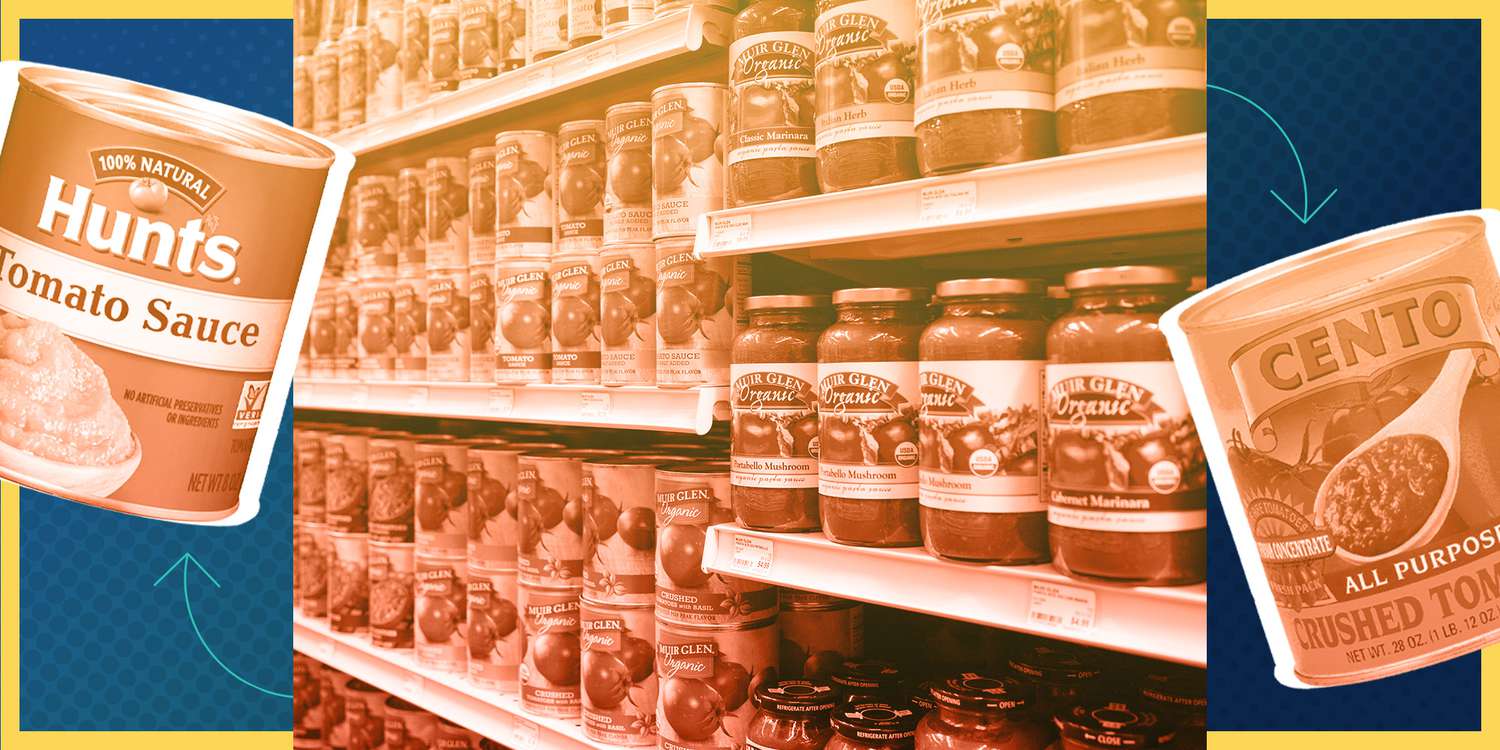Tomatoes are one of those foods that work their way into all kinds of recipes and are celebrated in the culinary lives of cultures all over the world. Being a fruit with a relatively short growing season and a delicate nature, though, has meant that preserving tomatoes is a technique that goes back centuries. What haven’t we done to preserve tomatoes: drying in the sun, cooking down concentrates, and canning and jarring in every format from seasoned sauces to whole peeled tomatoes packed in their juices.
Which has led to tomatoes expanding into a whole section of the grocery store unto themselves. And while this embarrassment of riches is terrific for our culinary lives, it can also be a bit overwhelming. Which products to choose can be confusing, especially because pricing can be all over the map. Is the $3 tomato paste tube three times better than the $.99 can? Why is one jar of marinara triple the price of another? The good news is that there are some simple ways to demystify the tomato section and get the most out of your purchases! Here’s a guide to your supermarket’s canned tomato aisle — what to avoid, what to buy to save money, and when it’s worth it to splurge.
What to Avoid in the Canned Tomato Aisle
Let’s begin with what isn’t worth your time or money: diced canned tomatoes. Why? Diced canned tomatoes have extra additives that help them keep their shape but do not enhance their deliciousness. For better texture and flavor, you are always better off buying whole peeled tomatoes and just dicing them yourself.
Second item to avoid? Canned tomatoes with flavoring added. Whether it’s “fire-roasted,” “with garlic,” or “with Italian herbs,” these flavors are nothing compared to adding in your own spices and in fact can often taste a bit off. Leave them on the shelf.
Where to Save Money in the Canned Tomato Aisle
Crushed tomatoes, tomato puree, and tomato sauce are all opportunities to save a bit of money. Why? Because these items are mostly used in soups, stews, and sauces — the kinds of recipes where additional ingredients (and flavors) will be added. Which means you don’t need premium products. Don’t fall for fancy brands or packaging: Look for canned or jarred products with the fewest number of added ingredients and the lowest amount of added sodium and sugars. Also, look for Italian imports, which are now reasonably priced and widely available in grocery stores. You’ll get better quality than domestic for a comparable price.
Tomato paste is another place to save: Look for tubes of either double- or triple-concentrated paste—the tubes are easier to store in the fridge and the extra concentration means you can use half to a third of the product called for in recipes.

When to Splurge in the Canned Tomato Aisle
You’ve saved money by skipping certain items and shopping smartly for others. Now it’s time to splurge for real quality when it counts. The two items you absolutely want to invest in? Jarred pasta sauces and canned San Marzano tomatoes.
When it comes to jarred sauces, the pricier versions are usually more expensive because of the quality of the ingredients. You’ll often notice these sauces don’t have many additives or preservatives; further, they often have lower sodium content and more importantly, little or no added sugars. Rao’s is a brand I rely on for those nights I do not have the bandwidth for from-scratch sauce work. If I find my favorites on sale, I definitely stock up (this is why we have pantries, am I right?).

And now, to the star of the canned tomato aisle. San Marzano tomatoes are widely known as the best tomato in the world. As such, sadly, you will find a lot of fakes in the tomato aisle. While the San Marzano style of tomato can be grown anywhere you can grow a tomato, a true San Marzano tomato can only be grown in the San Marzano region of Italy, in and around Naples at the foot of Mount Vesuvius. Here, the magical combination of volcanic soil and sea air create a tomato that is truly special.
Are they twice to three times the price of other canned tomatoes? Yes. Are they worth it? Also yes. San Marzanos are picked at the peak of ripeness and go from the vine to the can in a matter of as few as four to six hours, capturing all of that flavor and texture. There will be nothing in the can except tomatoes, salt, and citric acid for color and texture preservation (plus maybe a leaf of basil). How to know what’s a real San Marzano tomato? Check the label for a DOP designation, two seals of authenticity, and a serial number that indicates origin and quality. This is serious stuff, people!
Use San Marzanos for simple tomato sauces and for pizzas, or in recipes that call for canned tomatoes where the tomato flavor is predominant. If you find them at a good price or on sale, stock up for sure. Do not waste them in things that cook a long time like chilis or stews, or where tomatoes are a background ingredient — their specialness will be lost.
So now it’s time to return to the tomato aisle with your newfound savvy on which cans to avoid, save, and splurge on, and stock up for a season of soups, sauces, stews…and homemade pizza!




